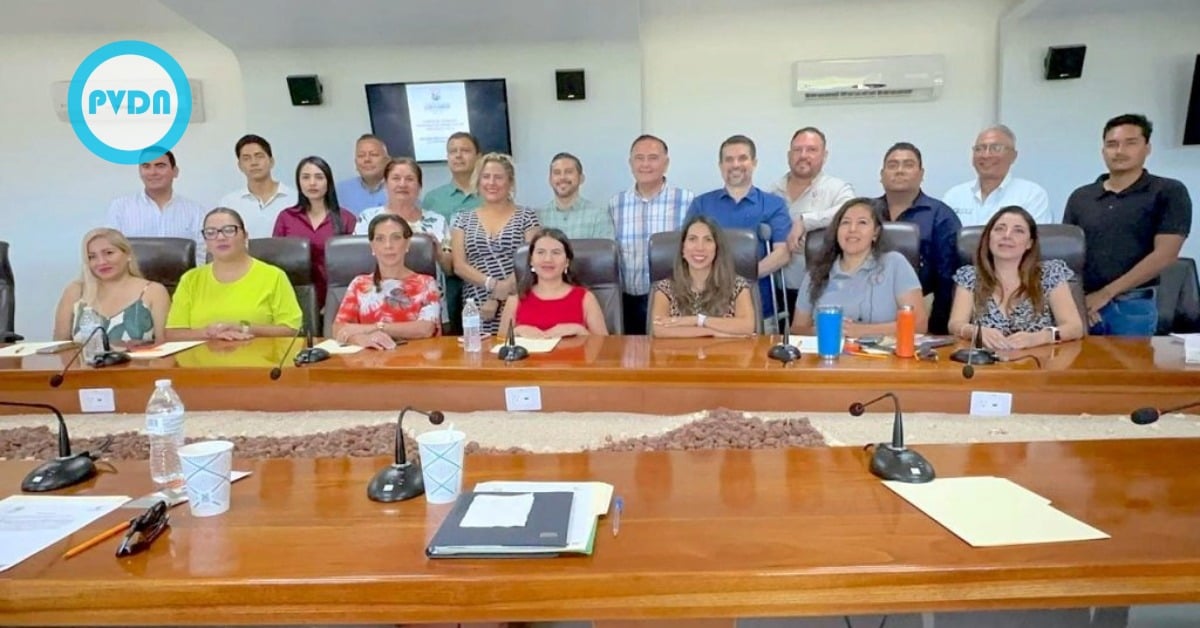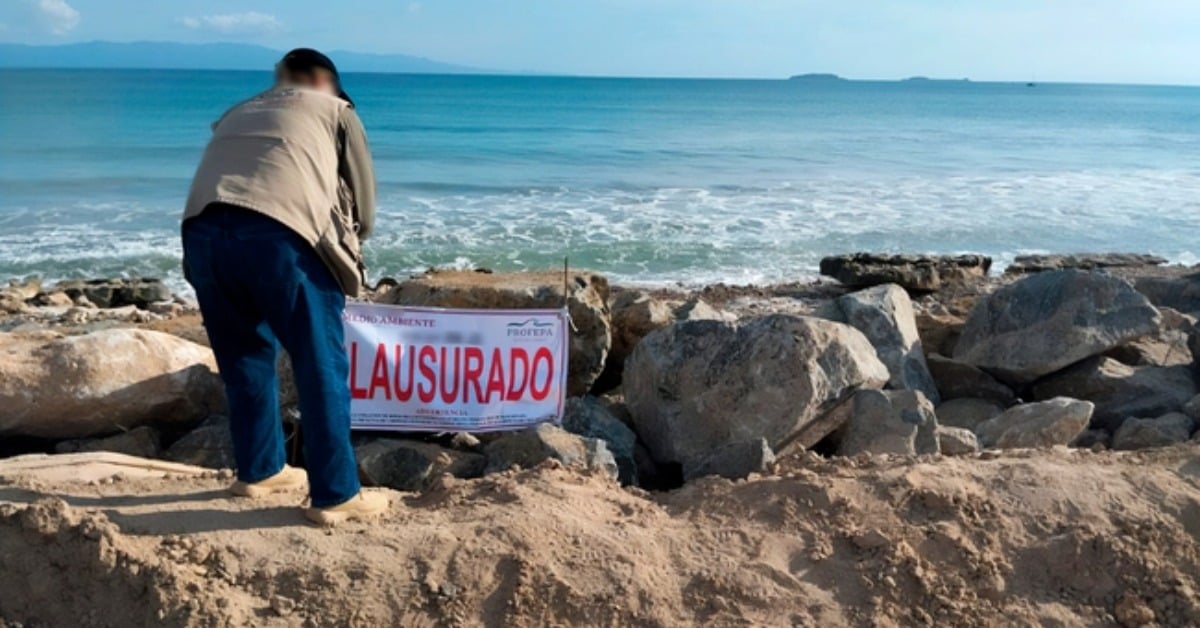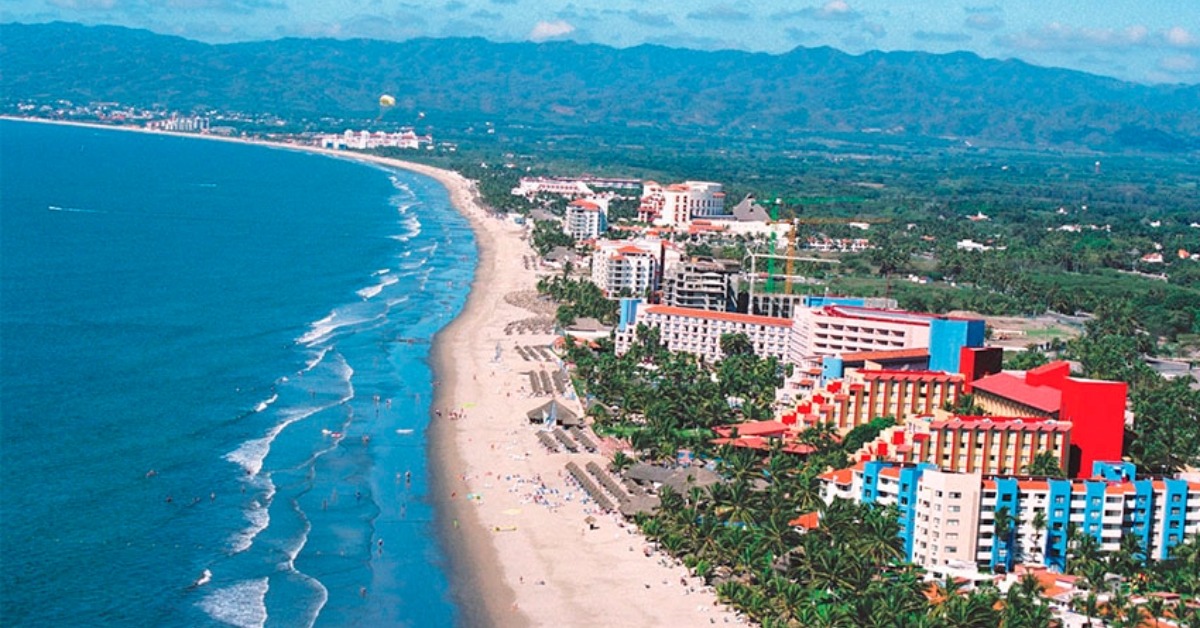Puerto Vallarta (PVDN) - At a recent conference on "Risks in Water Management and its Influence on the Real Estate sector of the Interstate Metropolitan Area of Puerto Vallarta and Bahía de Banderas," Dr. Bartolo Cruz Romero, a research professor at the Centro Universitario de la Costa of the University of Guadalajara, emphasized the importance of the hydrological cycle and its impact on condominium developments in the region, which can cause environmental harm.
Dr. Cruz Romero explained that every time a water table is destroyed, the amount of water available decreases. Unfortunately, there are now buildings in . . .






